1. Tiny Homes on Wheels
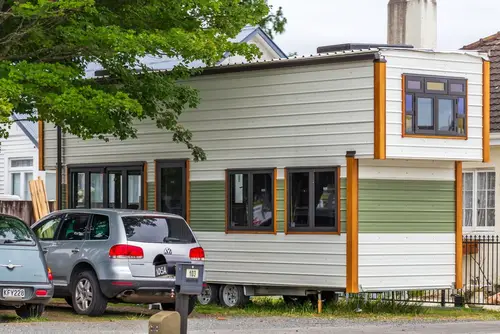
Tiny homes on wheels are charming, portable, and perfect for minimalists, but banks often hesitate because they’re technically considered vehicles, not real estate. This means traditional mortgages aren’t an option, and lenders worry about depreciation. Insurance can also be tricky, since coverage requirements differ from standard homes. Many buyers end up paying cash or using personal loans instead.
Even if you anchor a tiny home on a permanent foundation, local zoning laws can throw a wrench in financing. Some municipalities don’t classify them as full-fledged dwellings. Banks generally prefer properties with a clear, recognized legal status. Without that, lending becomes a riskier proposition.
2. Shipping Container Homes

Shipping container homes are trendy, eco-friendly, and modular, but banks shy away because they don’t fit standard construction classifications. Traditional appraisals can be difficult, leaving lenders unsure of the property’s value. Many container homes are DIY projects, which further complicates quality assessments. That makes them harder to finance through conventional mortgages.
Even professionally built container homes face scrutiny from lenders. They often need special engineering and insulation to meet building codes. Banks like predictability, and unusual materials disrupt that. As a result, many buyers finance these projects privately or through construction loans.
3. Earthships
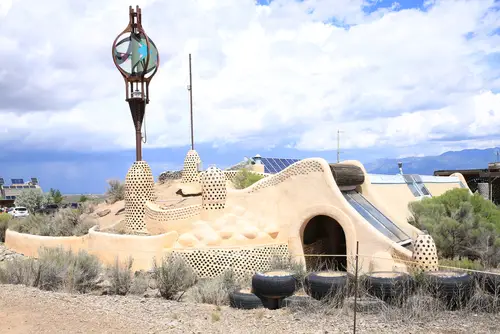
Earthships are sustainable, off-grid homes built from recycled materials like tires and bottles. They’re visually striking and environmentally conscious, but lenders hesitate because these structures don’t fit traditional blueprints. Appraisers may struggle to assign a market value, creating financing uncertainty. Insurance can also be more expensive or limited due to unconventional construction methods.
Living off-grid means relying on alternative power and water systems, which banks see as non-standard. If a buyer defaults, the property could be very difficult to sell. Lenders prefer homes that are easy to value and resell. That’s why Earthships often require creative financing or all-cash purchases.
4. Houseboats
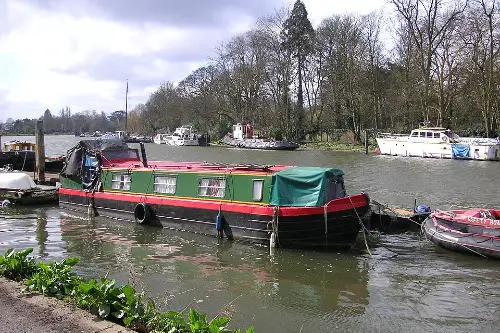
Houseboats are dreamy for water lovers but tricky for financing. Many banks treat them as vehicles rather than real estate, making mortgages uncommon. Insurance and maintenance can be expensive, adding to lender hesitation. Market value is highly dependent on location and condition, increasing perceived risk.
The stability of a houseboat can also be a concern. Harbors and marinas have unique regulations that complicate ownership. If water levels change or maintenance lapses, the property could lose value quickly. Conventional lenders prefer static, predictable homes.
5. Yurts
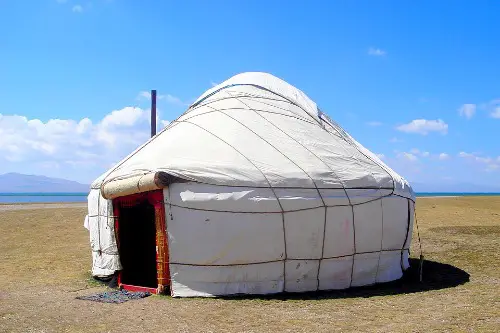
Yurts are lightweight, round dwellings often associated with camping or glamping. While they’re cozy and sustainable, banks generally avoid financing them. Most yurts are considered temporary structures, lacking permanent foundations. This makes it hard to get traditional mortgages or even home equity loans.
Zoning restrictions are another hurdle. In many areas, yurts aren’t classified as legal residences. That limits the ability to get permits and long-term financing. Buyers usually rely on personal loans, RV loans, or cash purchases.
6. Dome Homes
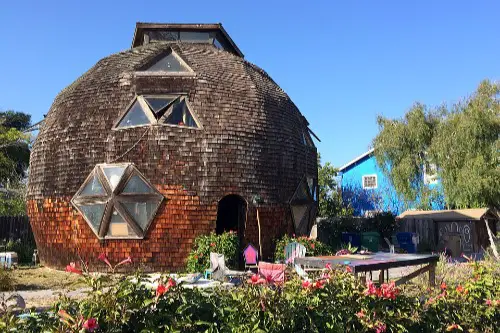
Geodesic dome homes are energy-efficient and architecturally striking, but banks are cautious. They’re unusual structures with non-standard framing and layouts. Lenders often worry about appraisal challenges and resale difficulties. Insurance can also be more expensive because fewer companies are willing to cover them.
Dome homes often require specialized construction expertise. That can make repairs more complicated and costly. Lenders prefer properties that are straightforward to repair and maintain. Without predictability, financing becomes risky.
7. Straw Bale Homes
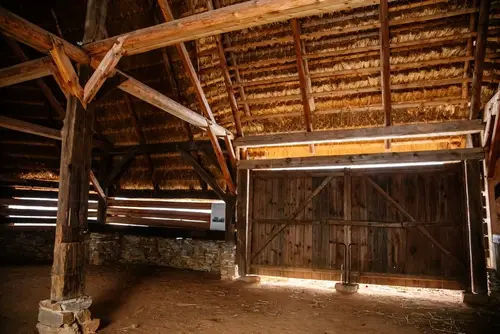
Straw bale homes are environmentally friendly and provide excellent insulation, but banks tread carefully. They’re often seen as alternative construction, not easily comparable to conventional homes. Appraisers can struggle to assign a reliable market value. This uncertainty makes lenders wary of issuing a mortgage.
Moisture and pest control are also concerns. If a straw bale home isn’t properly maintained, it can degrade quickly. Banks factor this risk into their decisions. Many buyers finance straw bale homes with specialized green loans or cash.
8. Converted Barns

Barn conversions are charming and spacious but can be financing headaches. Many barns are located in rural areas with limited resale potential. Zoning regulations for agricultural buildings converted to residential use are often strict. Lenders worry about value stability if the property were to sell.
Renovation costs can be unpredictable, especially if the barn is old. Electrical, plumbing, and insulation upgrades can skyrocket. Banks prefer homes that follow traditional construction standards. Without that, conventional mortgage options shrink.
9. Earth-Sheltered Homes
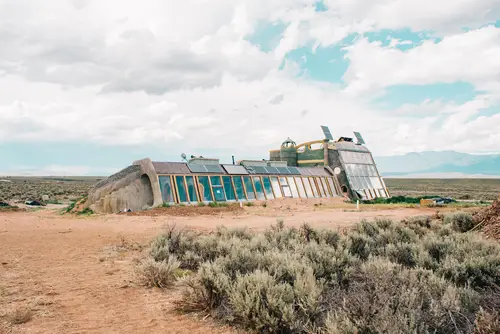
Earth-sheltered homes, built partially underground, are energy-efficient and secure, but banks approach them cautiously. Appraisers may struggle to compare them to conventional homes. They’re often custom-built, so resale value can be unpredictable. Lenders want predictable, marketable collateral.
These homes require specialized waterproofing and ventilation. Maintenance errors could lead to costly damage. Banks consider this risk when evaluating a loan. Cash buyers often dominate this niche market.
10. Tipis
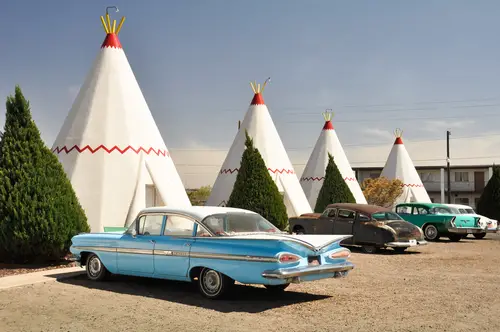
Tipis are symbolic of nomadic cultures and minimalist living, but banks rarely finance them. They’re temporary structures without permanent foundations. That disqualifies them from traditional mortgage lending. Even long-term setups often fall short of building codes.
Living in a tipi can be adventurous, but it’s considered unconventional housing. Appraisers have no baseline for market value. Lenders avoid unpredictable collateral. Personal savings or small personal loans are usually the way to go.
11. Cob Houses
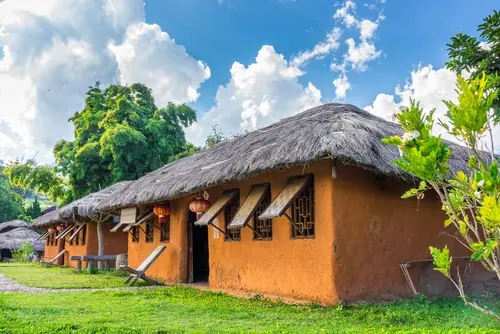
Cob houses are made from a mixture of clay, sand, and straw, offering eco-friendly and artistic appeal. But their custom construction scares off most lenders. Appraisal standards aren’t well-established, making mortgages tricky. Insurance companies may also impose high premiums.
Building a cob home is highly labor-intensive and individualized. Structural consistency can vary, leading to risk perceptions. Banks prefer properties that can be universally evaluated. As a result, cash financing is often the only practical option.
12. Floating Homes
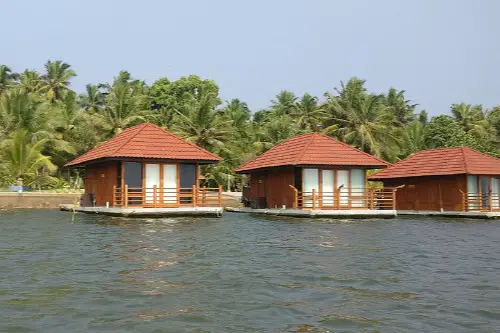
Floating homes, anchored in lakes or rivers, appeal to water enthusiasts but are difficult to finance. Lenders view them as more like boats than real estate. They’re susceptible to environmental changes, which can affect value. Resale markets are small and location-dependent.
Insurance and maintenance costs are higher than standard homes. Banks worry about collateral depreciation. Regulations and marina fees complicate ownership further. Many buyers either pay cash or secure a specialized loan for floating homes.
This post 12 Alternative Housing Choices That Banks Quietly Avoid Financing was first published on Greenhouse Black.
